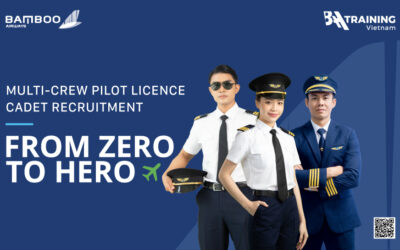Unmanned aircraft fever is one the biggest phenomenon today. Starting with a civil sector and the UAVs usage for personal purposes to the huge military industry where drones play a tremendous role lately. The scope of the spreading fever is evidently changing not only our daily lives, different business fields, but also the landscape of the aviation itself. So how does UAVs impact the civil aviation? And what actions are taken to ensure the airspace safety?
Are the threats real?
Let’s take an example from the recent events – Heathrow incident. The British Airways aircraft (Airbus A320) was approaching the Heathrow airport from Geneva with 132 passengers and five crew members on board when it was hit by a drone. Fortunately, pilots were able to land the plane safely and to avoid any serious harm it could cause. This incident is believed to be the first evident collision between a UAV and a passenger aircraft in UK airports; however, there were the numerous reports of close encounters already.
This incident revealed the real risk for civil aviation safety that unprofessional and regulations-free unmanned aircraft operations can cause. The main threat to airspace safety is drones flying at low altitudes in the airport areas or close to it. It could cause a real hazard for the aircraft during take-off or landing. The risk of collision is extremely high. Furthermore, there are still no clear findings how the radio spectrum used to control the drones affects air traffic control systems. This could also be a valid threat to the airspace.
So what is the situation with the aviation regulatory bodies? Are they taking any actions to prevent such accidents and to raise the maximum safety level of the civil airspace?
What about the situation on regulations?
Responding to the Heathrow incident, the European Aviation Safety Agency (EASA) has formed a special task force to investigate and identify all the possible risks and outcomes of collision between drones and aircraft. The research is currently under the investigation, but as soon as it is finished the task force will announce its findings and discuss it with all the stakeholders.
It suggests that finally not only the general safety issue related to drone operations is brought to the daylight, but also the specific air safety threats, affects and danger possibilities are discussed, investigated and listed out.
EASA has also published a “Technical Opinion” on the safe use of drones in Europe’s civil airspace. The document notes the main directions for the future work regarding UAVs interaction with other airspace objects. The future goal is to provide an explicit framework which will ensure the air safety. So the only thing still missing – the final regulatory rules for the unmanned aircraft operations and the certification system for UAVs’ operators.
Could proper education be a solution?
Most of the threats are usually caused by amateurs and ignorance towards general aviation knowledge and rules.
“Imagine someone driving a car in the traffic without knowing the driving rules. The same could be applied to the UAVs operators. The airspace is traffic full of other vehicles, such as passenger aircraft, gliders, helicopters, other drones as well. If the drone pilot takes to the sky without understanding this, nothing good could be expected,” shares his opinion Robertas Svabauskas, BAA Training’s Deputy Head of Training for Aviation Training Ab Initio.
During the interview with Live Mint, Rob Eagles, director, air traffic management infrastructure, International Air Transport Association (IATA), spoke about drones and the threat to civil aviation. According to Rob Eagles, the fact that many of the unmanned aircraft operators are new to the field of aviation, the education, involving such hazards as manned and unmanned aircraft operating together in the same airspace, should be applied to drone operators. He also claimed that UAVs should be operated in accordance with air traffic control instructions and have compatible communications and navigation capabilities and be able to be seen by air traffic controllers and manned aircraft.
In other words, when entering the airspace drones have to be treated equally to the manned aircraft, therefore, the same rules, restrictions and requirements should be applied as well. To acquire this specific knowledge drone operators should undergo at least the same safety and operational standards training as manned aircraft pilots do.
“What every drone operator should learn through the training is general operating procedures – their safety standards, emergency situations and how to avoid them. Air law, navigation, radio communication and meteorology knowledge should also be a part of the UAVs pilots training,” Robertas marks.
How to reach the harmony?
In conclusion, we might say that every drone operator should understand the risk and take the responsibility for the airspace safety when taking to the skies. However, as long as it is not regulated by law no major changes affecting the threats prevention could be expected. Only by mastering the general aviation knowledge and rules UAVs operators are prepared for the safe flies, ensuring the harmony in civil aviation.







